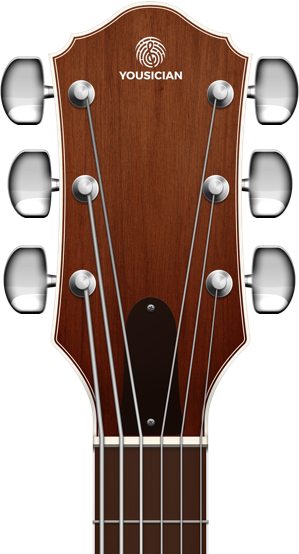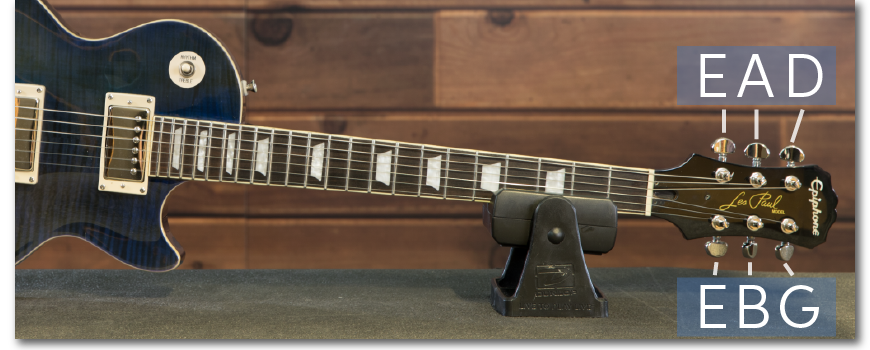

If they are not in tune you can adjust the 4th string since we know that the A string is already in tune. This is the same note as strumming the 4th string open (no fret). Next, if we play the 5th fret of the 5th string and strum a “D” note will result. If they don’t sound the same simply adjust the 6th string until playing them together produces a single note. Assuming your 5th string is tuned correctly (or close) you can match the two notes. So if we play the 6th string from the fifth fret we should have the same tone as the 5th string played open (with no fret).

The common way to do relative tuning is to employ the 5 5 5 4 5 method.įor example, if we play the fifth fret of the 6th string we will get an “A” note. The reference note is often the A note on the open 5th string and can be done with one of the methods described below.

If this is the case you will want to tune one guitar and then tune the other to match. To be truly accurate with the relative method you must have a reference point from which to tune. If there is another guitar playing with you, however, you may not blend with the other guitar. Relative tuning is a method where you tune each of the strings to match the sound of the previous string. You can tune a guitar completely by this method and it will sound good as long as you are by yourself. This tuning method also allows the 3, 4, 2, 5, 1, 6 order to be used (string order). With practice, it is possible that you can become very accurate using a piano. This is, of course, only as accurate as your ear’s ability to match the two. If you have a piano that you know is in tune you can use the keys and tune each guitar string to its corresponding piano key. After that, it is simply picking out each note until it’s perfect! Even with an electric tuner make sure you’re starting from your thickest string and working your way down (it’s a good habit). Using an electric tuner is simple because all it requires is the knowledge of your open string notes that we already covered. If only red bars were lit up the note would be too flat. Meaning it’s not quite true and as more and more of the yellow bars light up you’ll get closer to an F chord. The picture to the left shows an E chord that is too sharp. The objective is to have the needle hover on top of the needle to exactly tune to the note. When using the analog and all good electric tuners they’ll have a needle that will sway or ‘light up’ in both directions around a center point. If your guitar is electric you can shop for a tuner that you can plug your guitar directly into. It is worth noting that many professionals feel that the tuner with the physical needle is more accurate that the digital tuners. Acoustic guitar owners will want to be sure that the tuner has a microphone so that it picks up the sound of your guitar. We recommend a tuner from Snark or this one, from AxeRig. The best and most accurate method by far is to tune a guitar with an electronic tuner. These can be purchased at prices from $10 to $50 and in analog form (with a moving needle) or digital.


 0 kommentar(er)
0 kommentar(er)
